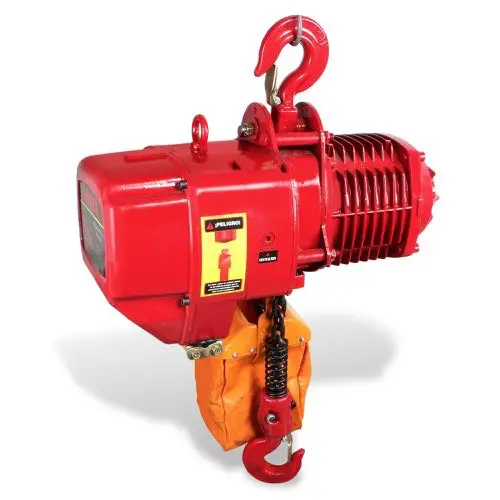The heavy industry sector has long relied on cranes for lifting and moving massive loads, from construction materials to industrial machinery. Traditionally, these cranes have been powered by diesel or hydraulic systems, which, while reliable, come with significant drawbacks such as high operational costs, emissions, and maintenance requirements. However, the rise of electric crane kits has transformed how industries approach their lifting needs, offering a cleaner, more efficient, and cost-effective alternative.
The Shift Toward Electric
Electric crane kits are becoming increasingly popular due to their energy efficiency, low carbon footprint, and flexibility. Unlike their diesel-powered counterparts, electric cranes produce no direct emissions, making them ideal for companies looking to reduce their environmental impact. This is particularly crucial in industries where sustainability has become a key focus, with governments and organizations setting stricter regulations for carbon emissions. In this context, polipasto eléctrico de cable electric cranes offer a significant advantage by meeting or exceeding environmental standards. Furthermore, electric crane kits tend to have lower operational costs compared to diesel or hydraulic systems. They require less maintenance because they have fewer moving parts, reducing downtime and the frequency of expensive repairs. The simplicity of electric motors compared to combustion engines or complex hydraulic systems means that industries can cut down on maintenance hours and parts replacement, saving both time and money. This also increases the longevity of the equipment, adding long-term value to industrial operations.

Flexibility and Versatility
One of the most significant advantages of electric crane kits is their adaptability to a wide range of environments. These kits can be customized to suit various lifting capacities, making them versatile enough for use in multiple industries, from construction and shipyards to warehouses and manufacturing plants. The modular nature of electric crane kits allows for easy integration with existing infrastructure, meaning companies do not need to overhaul their entire lifting systems to adopt this new technology. In addition, electric cranes are often more precise and easier to control. The motors allow for smoother lifting and lowering actions, which can reduce the risk of accidents or damage to sensitive materials being handled. This precision is particularly valuable in industries like aerospace, where lifting delicate and expensive equipment is a daily requirement.
Supporting the Future of Industry
The rise of electric crane kits is not just about efficiency and cost savings; it also reflects a broader movement towards the electrification of industrial machinery. As industries worldwide strive to meet sustainability goals, adopting electric systems in place of traditional, energy-intensive ones will become the norm. Companies that invest in electric crane technology now are positioning themselves to stay ahead in a competitive, eco-conscious market. electric crane kits represent a significant leap forward for heavy industry. By providing a more sustainable, cost-effective, and versatile solution, these kits are revolutionizing how heavy lifting is approached, driving industries toward a cleaner, more efficient future.